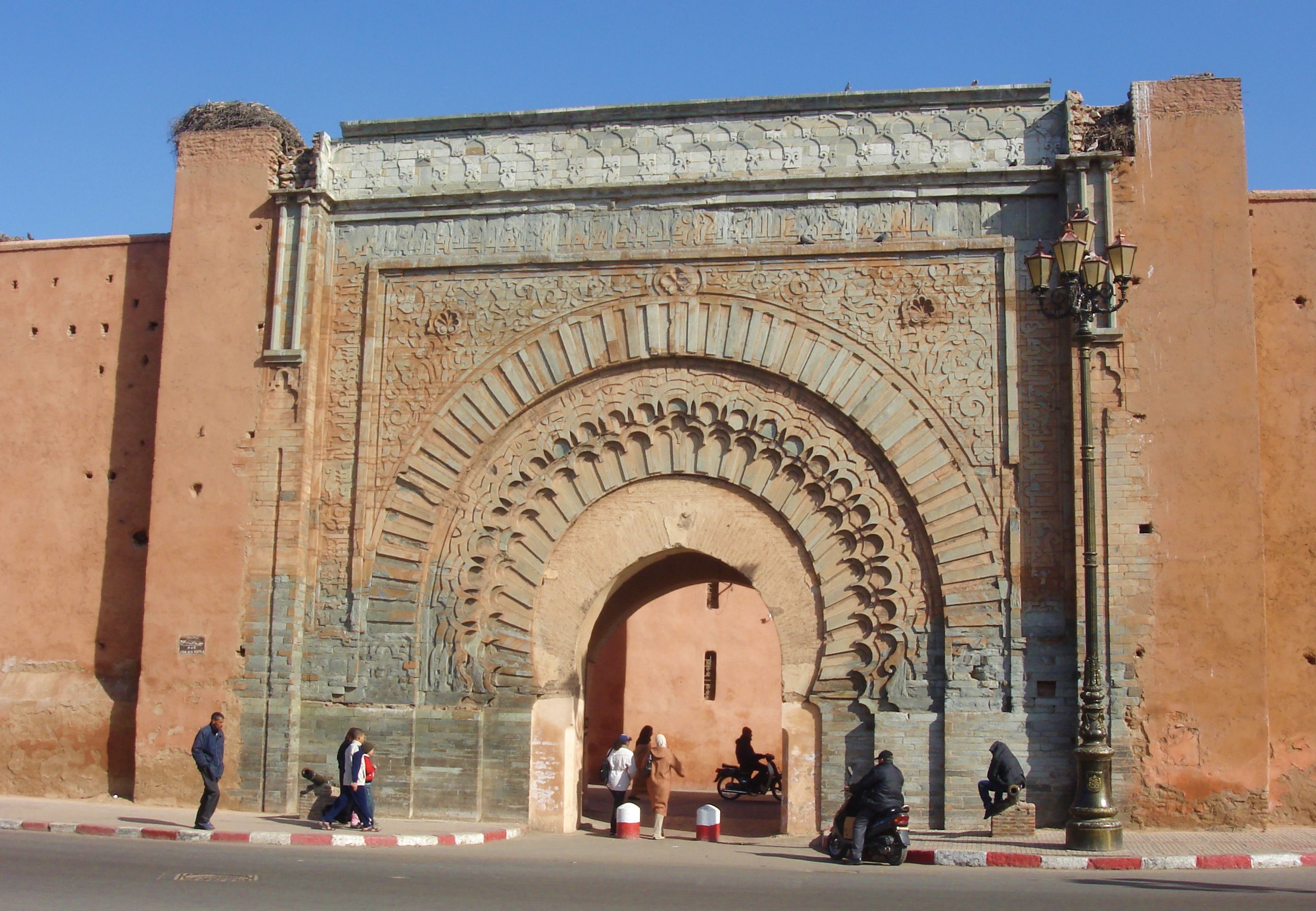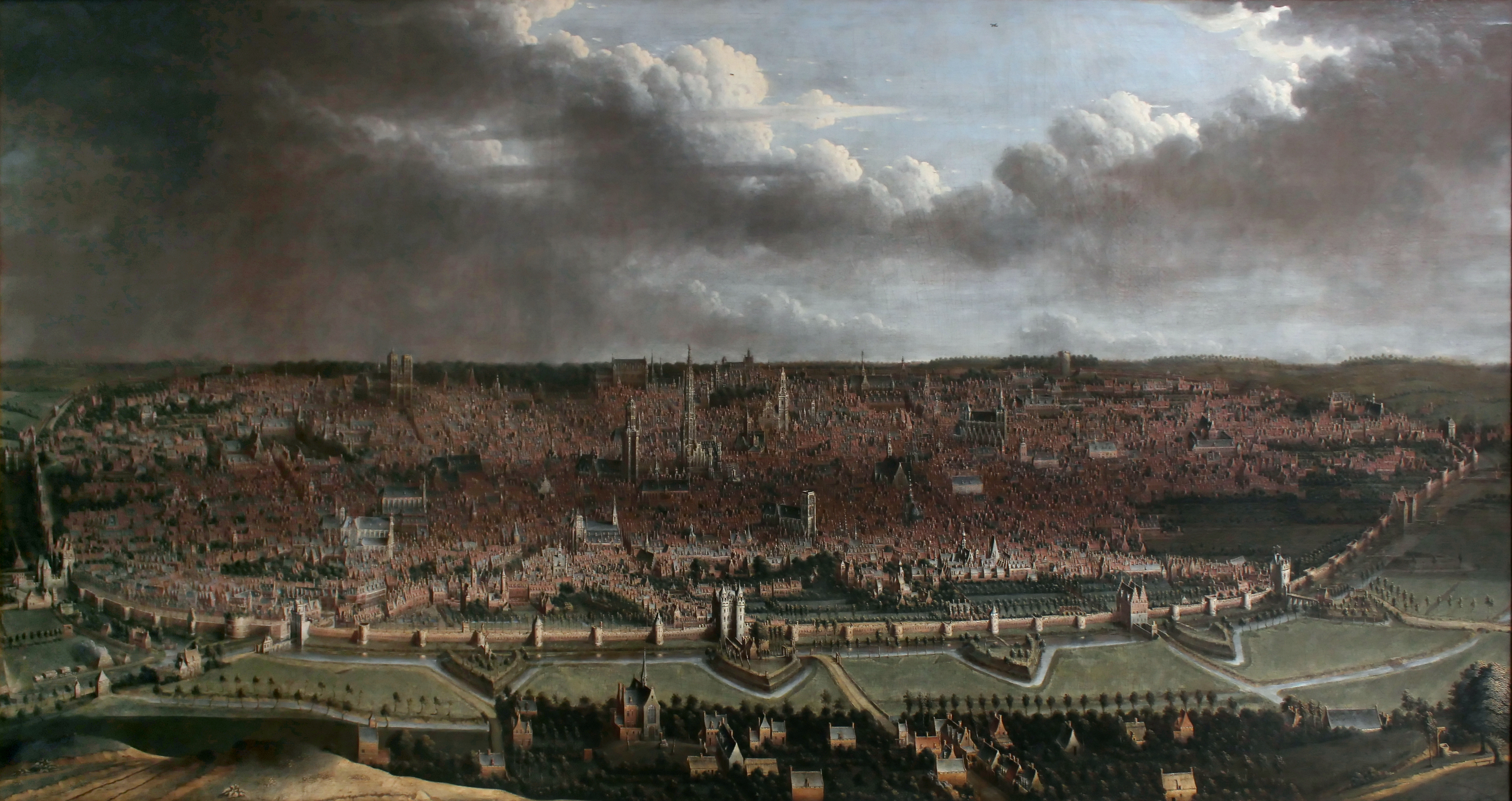|
Laeken Gate
The Laeken Gate (; ) was one of the medieval city gates of the second walls of Brussels, Belgium. See also * Halle Gate, a part of the 14th-century city wall protecting Brussels * History of Brussels * Belgium in the long nineteenth century In the history of Belgium, the period from 1789 to 1914, dubbed the "Long nineteenth century, long 19th century" by the historian Eric Hobsbawm, includes the end of Habsburg monarchy, Austrian rule and periods of French First Republic, French ... References Citations Bibliography * * External links * {{Brussels topics Fortifications of Brussels City of Brussels Gates in Belgium ... [...More Info...] [...Related Items...] OR: [Wikipedia] [Google] [Baidu] |
Fortifications Of Brussels
The Fortifications of Brussels (; ) refers to the Middle Ages, medieval Defensive wall, city walls that surrounded Brussels, Belgium, built primarily to defend the city but also for administrative reasons. There were two stages of fortifications of Brussels: the first walls, built in the early 13th century, and the second walls, built in the late 14th century and later upgraded. In the 19th century, the second walls were torn down and replaced with the Small Ring, Brussels, Small Ring, a series of boulevards bounding the historical city centre. Nowadays, only a few sections of each walls remain, most notably the Halle Gate. First walls The first walls of Brussels (, ) were a series of fortifications erected around Brussels in the early 13th century. The city quickly outgrew them, and starting in 1356, a second, larger set of walls was built to better enclose and defend the city. The now superfluous walls were dismantled between the 16th and 18th centuries. Isolated portions of t ... [...More Info...] [...Related Items...] OR: [Wikipedia] [Google] [Baidu] |
Brussels
Brussels, officially the Brussels-Capital Region, (All text and all but one graphic show the English name as Brussels-Capital Region.) is a Communities, regions and language areas of Belgium#Regions, region of Belgium comprising #Municipalities, 19 municipalities, including the City of Brussels, which is the capital of Belgium. The Brussels-Capital Region is located in the central portion of the country. It is a part of both the French Community of Belgium and the Flemish Community, and is separate from the Flemish Region (Flanders), within which it forms an enclave, and the Walloon Region (Wallonia), located less than to the south. Brussels grew from a small rural settlement on the river Senne (river), Senne to become an important city-region in Europe. Since the end of the Second World War, it has been a major centre for international politics and home to numerous international organisations, politicians, Diplomacy, diplomats and civil servants. Brussels is the ''de facto' ... [...More Info...] [...Related Items...] OR: [Wikipedia] [Google] [Baidu] |
Belgium
Belgium, officially the Kingdom of Belgium, is a country in Northwestern Europe. Situated in a coastal lowland region known as the Low Countries, it is bordered by the Netherlands to the north, Germany to the east, Luxembourg to the southeast, France to the south, and the North Sea to the west. Belgium covers an area of and has a population of more than 11.8 million; its population density of ranks List of countries and dependencies by population density, 22nd in the world and Area and population of European countries, sixth in Europe. The capital and Metropolitan areas in Belgium, largest metropolitan region is City of Brussels, Brussels; other major cities are Antwerp, Ghent, Charleroi, Liège, Bruges, Namur, and Leuven. Belgium is a parliamentary system, parliamentary constitutional monarchy with a complex Federation, federal system structured on regional and linguistic grounds. The country is divided into three highly autonomous Communities, regions and language areas o ... [...More Info...] [...Related Items...] OR: [Wikipedia] [Google] [Baidu] |
City Gate
A city gate is a gate which is, or was, set within a city wall. It is a type of fortified gateway. Uses City gates were traditionally built to provide a point of controlled access to and departure from a walled city for people, vehicles, goods and animals. Depending on their historical context they filled functions relating to defense, security, health, trade, taxation, and representation, and were correspondingly staffed by military or municipal authorities. The city gate was also commonly used to display diverse kinds of public information such as announcements, tax and toll schedules, standards of local measures, and legal texts. It could be heavily fortified, ornamented with Escutcheon (heraldry), heraldic shields, sculpture or inscriptions, or used as a location for warning or intimidation, for example by displaying the heads of Capital punishment, beheaded criminals or public enemies. Notably in Denmark, many market towns used to have at least one city gate mostly as part ... [...More Info...] [...Related Items...] OR: [Wikipedia] [Google] [Baidu] |
Middle Ages
In the history of Europe, the Middle Ages or medieval period lasted approximately from the 5th to the late 15th centuries, similarly to the post-classical period of global history. It began with the fall of the Western Roman Empire and transitioned into the Renaissance and the Age of Discovery. The Middle Ages is the middle period of the three traditional divisions of Western history: classical antiquity, the medieval period, and the modern period. The medieval period is itself subdivided into the Early, High, and Late Middle Ages. Population decline, counterurbanisation, the collapse of centralised authority, invasions, and mass migrations of tribes, which had begun in late antiquity, continued into the Early Middle Ages. The large-scale movements of the Migration Period, including various Germanic peoples, formed new kingdoms in what remained of the Western Roman Empire. In the 7th century, North Africa and the Middle East—once part of the Byzantine Empire� ... [...More Info...] [...Related Items...] OR: [Wikipedia] [Google] [Baidu] |
City Gate
A city gate is a gate which is, or was, set within a city wall. It is a type of fortified gateway. Uses City gates were traditionally built to provide a point of controlled access to and departure from a walled city for people, vehicles, goods and animals. Depending on their historical context they filled functions relating to defense, security, health, trade, taxation, and representation, and were correspondingly staffed by military or municipal authorities. The city gate was also commonly used to display diverse kinds of public information such as announcements, tax and toll schedules, standards of local measures, and legal texts. It could be heavily fortified, ornamented with Escutcheon (heraldry), heraldic shields, sculpture or inscriptions, or used as a location for warning or intimidation, for example by displaying the heads of Capital punishment, beheaded criminals or public enemies. Notably in Denmark, many market towns used to have at least one city gate mostly as part ... [...More Info...] [...Related Items...] OR: [Wikipedia] [Google] [Baidu] |
Halle Gate
The Halle Gate (, ; ; Brusselian: ''Allepout'') is a former medieval city gate and the last vestige of the second walls of Brussels, Belgium. Built in the 14th century, it was heavily restored in the 19th century in its current neo-Gothic style by the architect Henri Beyaert. It is now a museum dedicated to the medieval City of Brussels, part of the Royal Museums of Art and History (RMAH). The Halle Gate is located on /, just south of the Marolles/Marollen neighbourhood, between the City of Brussels and Saint-Gilles municipalities. This site is served by Brussels-South railway station, as well as by the metro and '' premetro'' (underground tram) station Porte de Hal/Hallepoort on lines 2, 4, 6 and 10. History Medieval structure Built between 1381 and 1383, the Halle Gate was one of the seven city gates of the second set of defensive walls that enclosed Brussels, and its only remaining trace. It first bore the name of ''Obbrussel Gate'' (, for "Upper Brussels", now ... [...More Info...] [...Related Items...] OR: [Wikipedia] [Google] [Baidu] |
History Of Brussels
Brussels, officially the Brussels-Capital Region, (All text and all but one graphic show the English name as Brussels-Capital Region.) is a region of Belgium comprising 19 municipalities, including the City of Brussels, which is the capital of Belgium. The Brussels-Capital Region is located in the central portion of the country. It is a part of both the French Community of Belgium and the Flemish Community, and is separate from the Flemish Region (Flanders), within which it forms an enclave, and the Walloon Region (Wallonia), located less than to the south. Brussels grew from a small rural settlement on the river Senne to become an important city-region in Europe. Since the end of the Second World War, it has been a major centre for international politics and home to numerous international organisations, politicians, diplomats and civil servants. Brussels is the '' de facto'' capital of the European Union, as it hosts a number of principal EU institutions, including its ... [...More Info...] [...Related Items...] OR: [Wikipedia] [Google] [Baidu] |
Belgium In The Long Nineteenth Century
In the history of Belgium, the period from 1789 to 1914, dubbed the "Long nineteenth century, long 19th century" by the historian Eric Hobsbawm, includes the end of Habsburg monarchy, Austrian rule and periods of French First Republic, French and United Kingdom of the Netherlands, Dutch rule over the region, leading to the creation of the first independent Belgium, Belgian state in 1830. In the years leading up to 1789, the territory today known as Belgium was divided into two states, called the Austrian Netherlands and Prince-Bishopric of Liège, both of which were part of the Holy Roman Empire. The area was captured by the French during the French Revolutionary Wars and incorporated into the French First Republic from roughly 1794 to 1815. In the aftermath of Napoleon's final defeat in 1815, the Congress of Vienna added the territory of Belgium to the United Kingdom of the Netherlands. In 1830, with the Belgian Revolution, the Belgian provinces declared their independence, ... [...More Info...] [...Related Items...] OR: [Wikipedia] [Google] [Baidu] |
City Of Brussels
The City of Brussels is the largest List of municipalities of the Brussels-Capital Region, municipality and historical City centre, centre of the Brussels, Brussels-Capital Region, as well as the capital of the French Community of Belgium, the Flemish Region (from which it is List of capitals outside the territories they serve, separate) and Belgium. The City of Brussels is also the administrative centre of the European Union, as it hosts a number of principal Institutions of the European Union, EU institutions in its Brussels and the European Union#European Quarter, European Quarter. Besides the central historic town located within the Pentagon (Brussels), Pentagon, the City of Brussels covers some of the city's immediate outskirts within the greater Brussels-Capital Region, namely the former municipalities of Haren, Belgium, Haren, Laeken, and Neder-Over-Heembeek to the north, as well as the Avenue Louise, Avenue Louise/Louizalaan and the Bois de la Cambre, Bois de la Cambre/ ... [...More Info...] [...Related Items...] OR: [Wikipedia] [Google] [Baidu] |






